Growing your herbs at home is a fulfilling and beneficial activity. Whether you have a large garden or a small balcony, herbs can easily be grown and bring fresh flavors to your cooking and natural remedies to your home.
Choosing the Right Herbs
When starting your herb garden, it’s important to pick the right herbs based on your local climate and the amount of sunlight your space gets. Some herbs like sunny, dry conditions, while others prefer shady, moist environments. Planning will help ensure your herbs thrive.
Basil
Varieties of Basil
Basil comes in many types, like Sweet Basil, Thai Basil, and Lemon Basil, each with its unique flavor. This makes basil a versatile choice for your herb garden.

Growing Conditions
Basil grows best in warm, sunny spots with well-drained soil. It needs regular watering but can suffer from root rot if overwatered. Pinching off the flowers encourages more leaf growth.
Culinary Uses
Basil’s aromatic leaves are essential in many dishes, from pesto and salads to garnishing pizzas and soups. Its fresh, peppery flavor enhances a variety of recipes.
Mint
Different Types of Mint
Mint comes in varieties like Peppermint, Spearmint, and Chocolate Mint, each bringing refreshing flavors to both sweet and savory dishes.
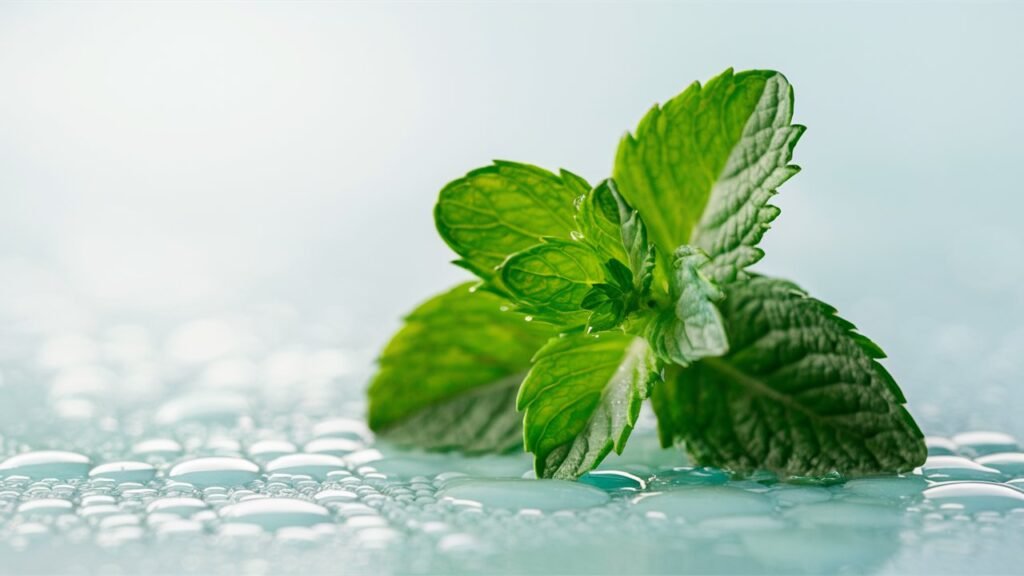
Care and Maintenance
Mint is a hardy plant that spreads quickly. It prefers partial shade and moist soil. To control its growth, consider planting it in containers or using barriers.
Medicinal Properties
Mint is known for its medicinal benefits, such as aiding digestion and relieving headaches. Its essential oils are used in aromatherapy and other natural remedies.
Rosemary
Optimal Growing Conditions
Rosemary thrives when it’s planted in soil that drains well and gets plenty of sunlight. It is drought-tolerant and needs minimal watering once established, making it a low-maintenance choice.
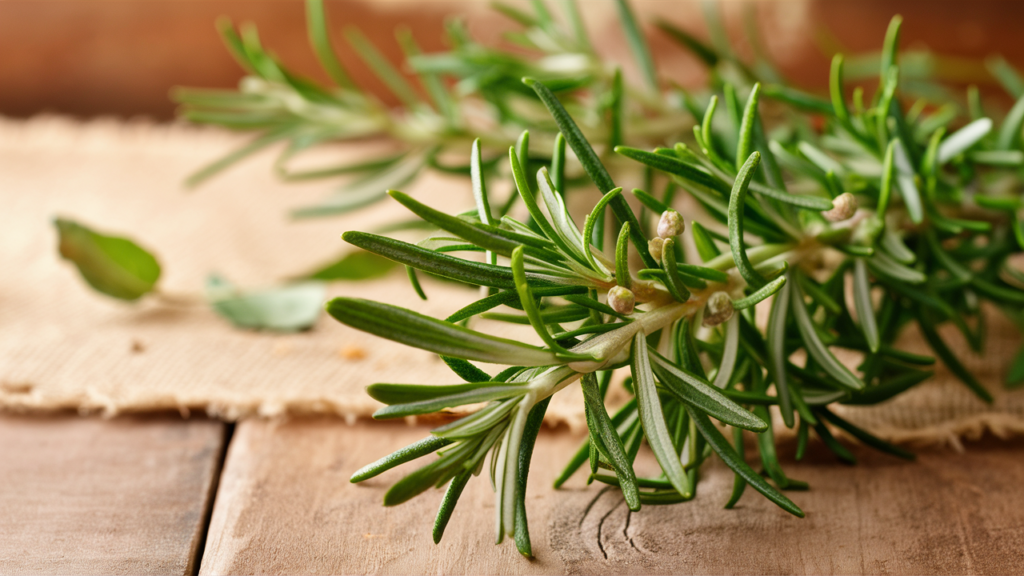
Harvesting Tips
Regular pruning encourages rosemary to grow bushy and prevents it from becoming woody. Harvest sprigs as needed, especially before the plant flowers.
Culinary and Aromatic Uses
Rosemary’s pine-like aroma and strong flavor make it a favorite for roasting meats, potatoes, and baking bread. Its essential oils are also used for their calming properties.
Thyme
Varieties of Thyme
Thyme includes varieties like Common Thyme, Lemon Thyme, and Creeping Thyme, each with distinct flavors and growth habits.

Soil and Water Requirements
Thyme prefers well-drained soil and full sun but can tolerate partial shade. It is drought-resistant and needs minimal watering once established.
Uses in Cooking and Health
Thyme’s earthy, minty flavor pairs well with meats, stews, and soups. It also has antiseptic and antifungal properties, making it useful in natural medicine.
Oregano
Types of Oregano
Oregano types such as Greek Oregano and Italian Oregano are known for their robust flavors, essential in Mediterranean and Mexican cooking.

Growing Tips
Oregano thrives in well-drained soil and full sun. It is drought-tolerant and requires little maintenance. Regular harvesting promotes bushy growth.
Culinary and Medicinal Benefits
Oregano is rich in antioxidants and has antimicrobial properties. It’s used in dishes like pizzas, pasta sauces, and salads.
Parsley
Flat-Leaf vs. Curly-Leaf Parsley
Flat-leaf parsley has a stronger flavor and is preferred for cooking, while curly-leaf parsley is often used as a garnish.
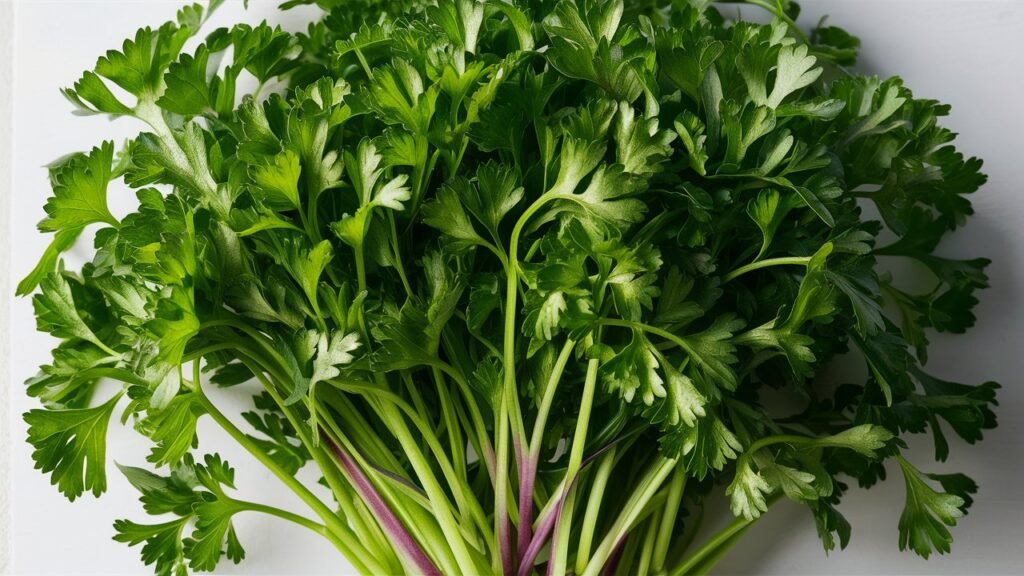
Planting and Care
Parsley needs rich, well-drained soil and partial to full sun. Regular watering is important, especially in hot weather, to prevent wilting.
Nutritional Value and Uses
Parsley is loaded with vitamins A, C, and K. It’s used to add flavor and color to soups, stews, and salads and helps freshen breath due to its high chlorophyll content.
Cilantro
Growing Conditions
Cilantro prefers cool weather and well-drained soil. It bolts quickly in hot temperatures, so planting in succession can ensure a steady supply.
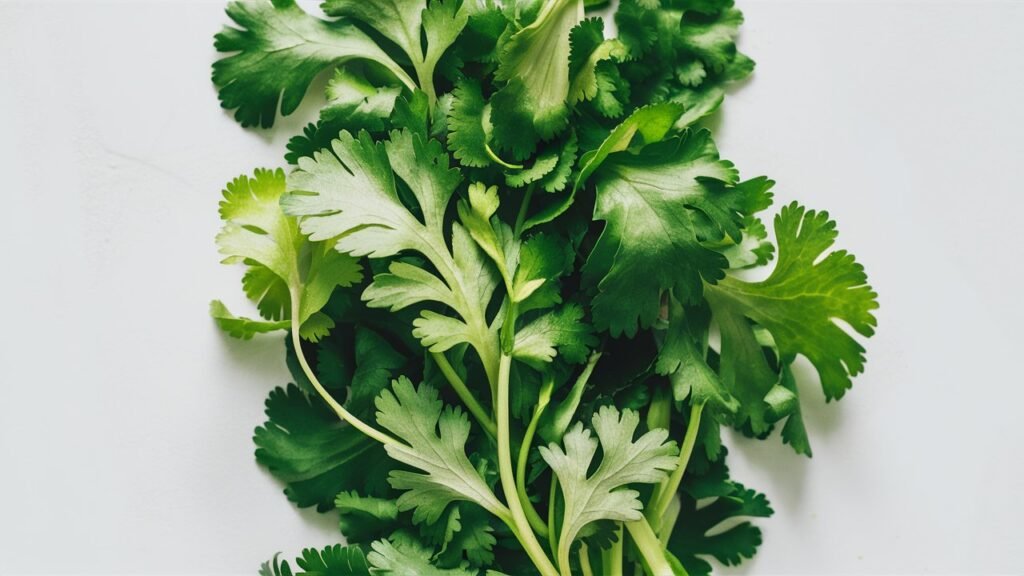
Common Issues and Solutions
Cilantro can attract pests like aphids and suffer from fungal diseases. Regular monitoring and organic treatments like neem oil can help.
Culinary Applications
Cilantro’s fresh, citrusy flavor is key in salsas, curries, and salads. Both its leaves and seeds (known as coriander) are used in many cuisines worldwide.
Sage
Soil and Light Needs
Sage grows best in well-drained soil and full sun. It tolerates drought well and requires infrequent watering once established.

Pruning and Harvesting
Regular pruning encourages new growth and keeps the plant from becoming woody. Harvest leaves as needed, especially before the plant flowers.
Uses in Cuisine and Medicine
Sage’s strong, earthy flavor pairs well with poultry, stuffing, and sausages. It also has anti-inflammatory and antioxidant properties.
Dill
Planting and Growing Dill
Dill prefers full sun and well-drained soil. It grows quickly and can be sown directly in the garden after the last frost.
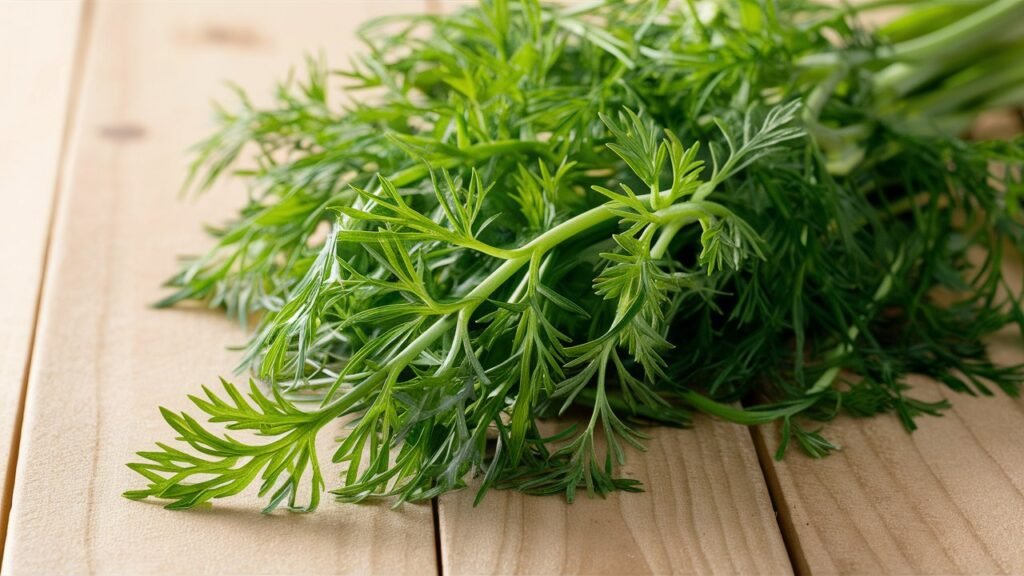
Companion Planting
Dill attracts beneficial insects and deters pests, making it a great companion plant for vegetables like cabbage and cucumbers.
Culinary and Herbal Uses
Dill’s feathery leaves and seeds are used in pickling, salads, and seafood dishes. It also has digestive and calming properties.
Chives
Growing Chives Indoors and Outdoors
Chives can be grown both indoors and outdoors. They prefer full sun and well-drained soil and can be harvested continuously.
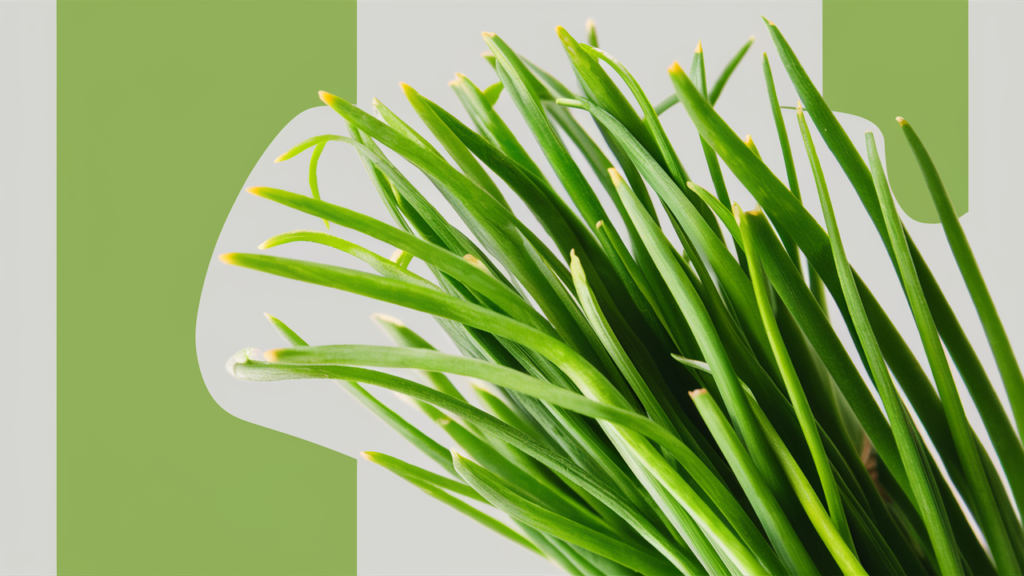
Pest and Disease Management
Chives are relatively pest-free but can occasionally suffer from fungal diseases. Proper spacing and air circulation can prevent these problems.
Culinary Benefits
Chives’ mild onion flavor enhances salads, soups, and omelets. Their bright green color also makes them a great garnish.
Tarragon
French vs. Russian Tarragon
French Tarragon has a superior flavor for cooking, while Russian Tarragon is more robust and easier to grow but less flavorful.
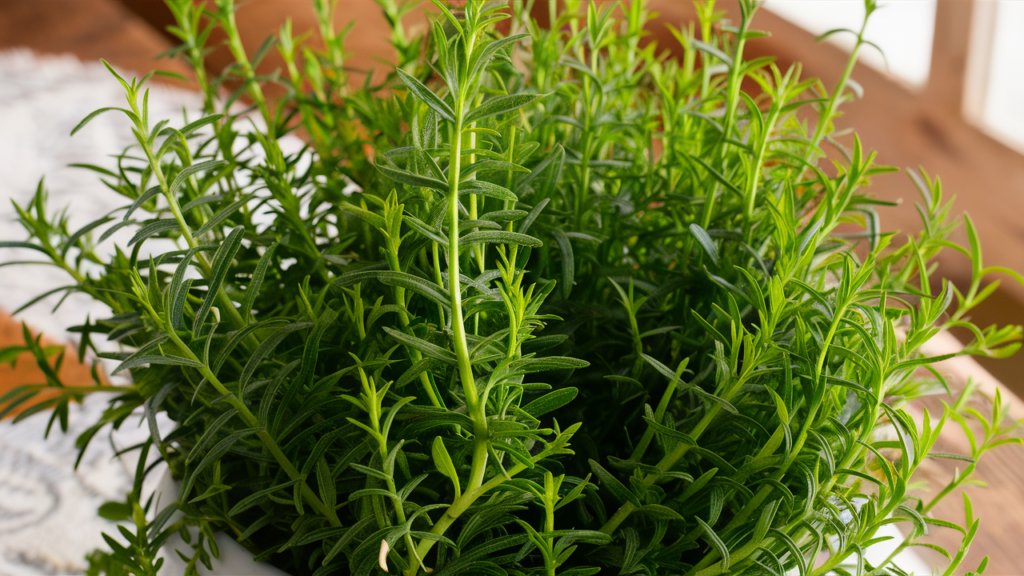
Growing Requirements
Tarragon prefers well-drained soil and full sun. It is drought-tolerant and needs minimal watering once established.
Uses in Cooking
Tarragon’s anise-like flavor is important in French cuisine, especially in sauces, dressings, and poultry dishes. It’s also used in herbal vinegar.
Lavender
Growing Lavender Successfully
Lavender needs well-drained soil and full sun. It thrives in dry conditions and benefits from occasional pruning to promote new growth.

Harvesting and Drying
Harvest lavender when the flowers are in full bloom for the best fragrance. Dry the flowers in a cool, dark place to preserve their aroma.
Uses in Aromatherapy and Cuisine
Lavender’s calming scent is widely used in aromatherapy to reduce stress. It also adds a unique flavor to baked goods, teas, and savory dishes.
Lemongrass
Planting and Care
Lemongrass prefers warm, humid conditions and well-drained soil. It can be grown in pots or directly in the ground in frost-free areas.

Harvesting Techniques
Harvest lemongrass by cutting the stalks near the base once they are about half an inch thick. Regular harvesting encourages new growth.
Culinary and Medicinal Uses
Lemongrass adds a citrusy flavor to soups, teas, and curries. Its essential oils are antifungal, antibacterial, and anti-inflammatory, making it useful in cooking and natural remedies.
Conclusion
Starting an herb garden brings numerous benefits, from adding fresh flavors to your meals to providing natural health remedies. Understanding the specific needs and uses of each herb will help you grow a thriving garden that enhances your cooking and well-being. Enjoy the satisfaction of growing your herbs and the rich rewards they bring to your kitchen and health.







